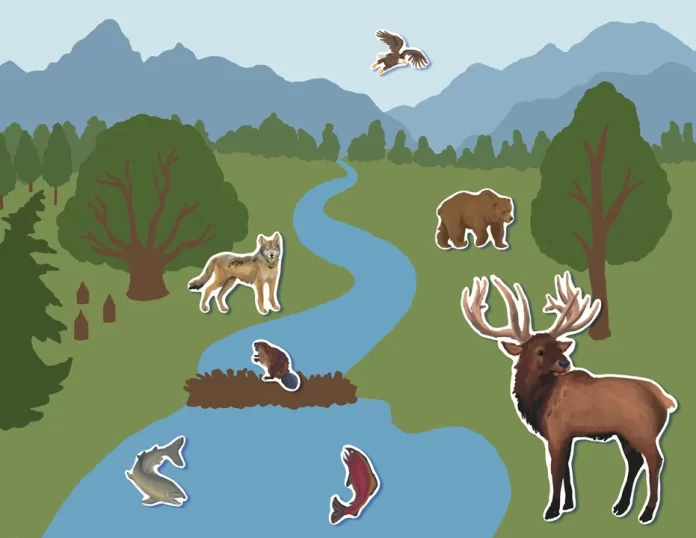Welcome to The Environmentalist, your column for understanding the natural world. Today we will be exploring the importance of biodiversity.
With more than 777 species having gone extinct since 1500, experts are calling this phenomenon Earth’s sixth mass extinction event. According to the International Union for Conservation of Nature, at least 47,000 species are facing the possibility of going extinct. The loss of this many species is highly concerning, but it might be an even bigger problem than it seems.
First, we need to understand keystone species: these are species that have a huge impact on their ecosystems, even more than any other organisms. The biodiversity of their specific habitats may crumble without them, since they play unique and irreplaceable roles in their respective ecosystems that directly affect its balance. The addition or removal of keystone species may result in a trophic cascade, which includes changes in populations, habitat structure, and nutrient cycling.
Keystone species fulfill one of three main roles: predators, ecosystem engineers, and mutualists. Predators keep prey species in check, such as how gray wolves prey on elk and hence control their population. Ecosystem engineers provide shelter and food sources for other species — a great example of this type are beavers building dams. Mutualists are two species that interact with each other and both gain benefits, such as how bees help pollinate plants.
After that terminology-heavy section, we can move on to some cool examples. One of the most remarkable keystone species are the wolves of Yellowstone National Park. In 1995, scientists introduced gray wolves back into the area after being extinct for about a 100 years, and what occurred in the following period was remarkable. The wolves, as the main predators of elk, changed the elk’s behaviour by making them move more often and avoid open valleys where they could be ambushed. With the wolves gone, the number of elk rose and they began overgrazing, resulting in vegetation rebounding, which in turn brought in a number of herbivorous animals, including beavers. Their dams created wetlands that supported reproduction of fish, insects, and amphibians — this brought in birds. Further, the remains of prey the wolves hunted provided food for scavengers such as ravens, eagles, and even bears. The most amazing thing is that rivers changed because of the wolves; by allowing for vegetation to develop, riverbanks were stabilized, reducing erosion. The loss of keystone species not only impacts other species in the ecosystem, but the landscape they inhabit as well.
Learning more about the role of endangered species is important to understand the impact their loss can have on an ecosystem. It is crucial to act while there is still time for change, and the first step toward making change is learning about the topic, and what you can do to help. As The Lorax once said, “Unless someone like you cares a whole awful lot, nothing is going to get better.” So, let’s care.


